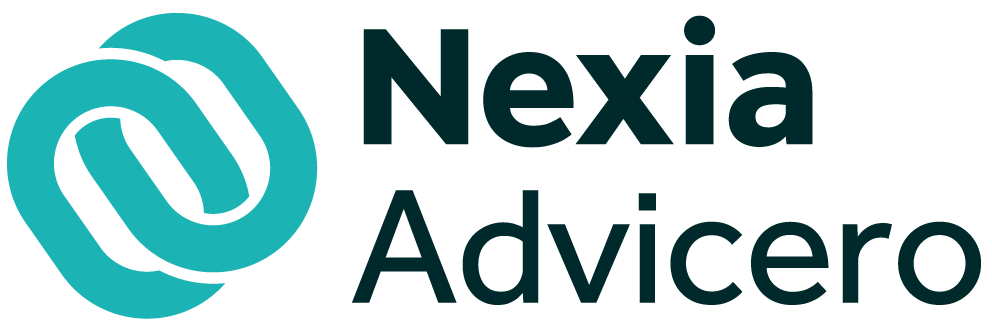Increasingly, in Poland, there is talk of introducing corporate income tax as it is regulated in Estonia. The first voices spoke of its implementation already this summer 2020. Tadeusz Kościński a few days ago in the broadcast argued, however, that such a solution for known reasons should be moved to the beginning of 2021.
What is actually shrouded in the secret of the so-called cit estonian?
The Estonian tax system is known for being relatively entrepreneur friendly. One can say more, it is the most competitive tax system in Europe according to the International Tax Competitiveness Index 2019 according to the Tax Foundation. For comparison, Poland took 35 place out of 36 possible.
Construction of the Estonian tax
Such income tax does not result in a tax obligation after making a profit. Taxes are paid only when dividends are paid out. The tax itself does not burden the dividend, but is an additional liability of the enterprise – the payer. All legal entities are treated the same regardless of their legal form, whether it is a non-profit organization or the equivalent of our limited company.
In practice
In Estonia, the CIT rate is 20%. For example, with an income of 1 million and a willingness to pay dividends of 800,000, each tax base should be divided by 0.8 to compare the net with gross. So 20% will be calculated from the dividend amount divided by a factor of 0.8. In addition, from 2019, 14% taxation was introduced to companies regularly paying out profit, in this case the tax base is divided by 0.86. For recipients of dividends reduced by a 14% CIT rate who are non-residents, a 7% withholding tax (WHT) must be added, unless the double taxation agreement provides a lower rate.
For example, in 2016, the company generated a profit of EUR 1 million, while in 2017 it incurred no tax at this stage. In 2018, let’s say that in April she decided to pay a dividend, then by the 10th of the next month – on May 10, she must pay income tax and it does not matter whether the company made a profit or loss. There are no advances to be made in the meantime.
What advantages
Smaller companies may eventually start to grow and invest in themselves. Money, in a sense, “saved” on tax can be invested in future profits or investment funds that are exempt. In general, this tax will only be paid at a more convenient time on the company’s development axis. I believe that the advantages include the need for tax planning that will force this system.
Disadvantages of the model
Donations after exceeding the limit are taxed by the 10th day of the next month. Also in traditional models such expenses are not included in costs and then the company will not reduce its income. In Estonia, if non-business expenses are incurred, you must pay tax on them immediately, even in the event of a loss. There are also numerous companies founded artificially, but this is not only Estonia’s ailment.
Conclusions
Economic justification seems simple as befits the most competitive tax country in Europe. In Estonia, it is considered that the tax system should mainly cover expenditure and consumption as opposed to other European countries where profit is taxed. Small and medium-sized enterprises often have to finance themselves, and large ones can often count for external financing – it’s easier to get loans. Income taxes are certainly not conducive to their development. Research shows that Estonian companies are more liquid and have fewer liabilities and are willing to invest.
Poland plans to implement such a tax model for small and medium-sized companies in 2021. The idea itself is very good, the only question is whether it will work on similar principles and what specific solutions will be adopted, because so far there are too many unknowns in this matter. The tax authorities’ tendency to secure mainly their own interests has already ruined many regulations borrowed from foreign, well-functioning solutions.

